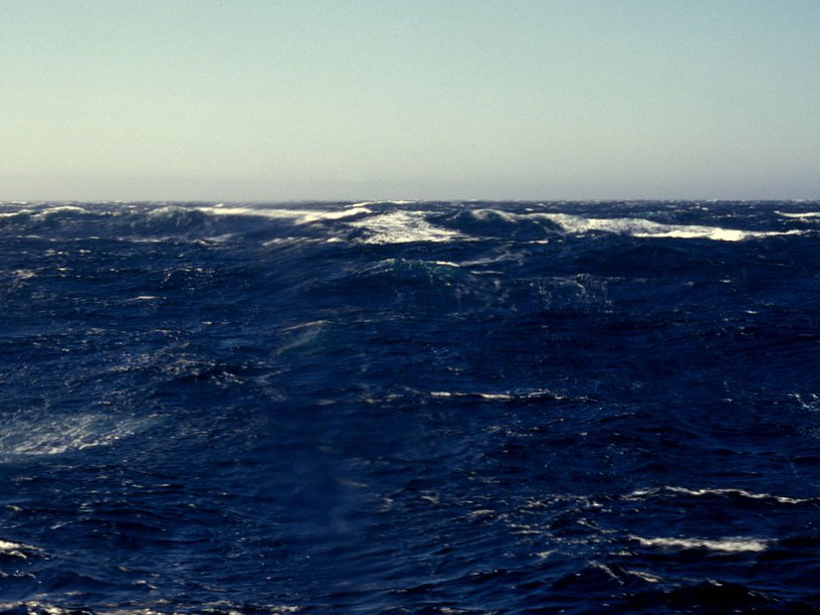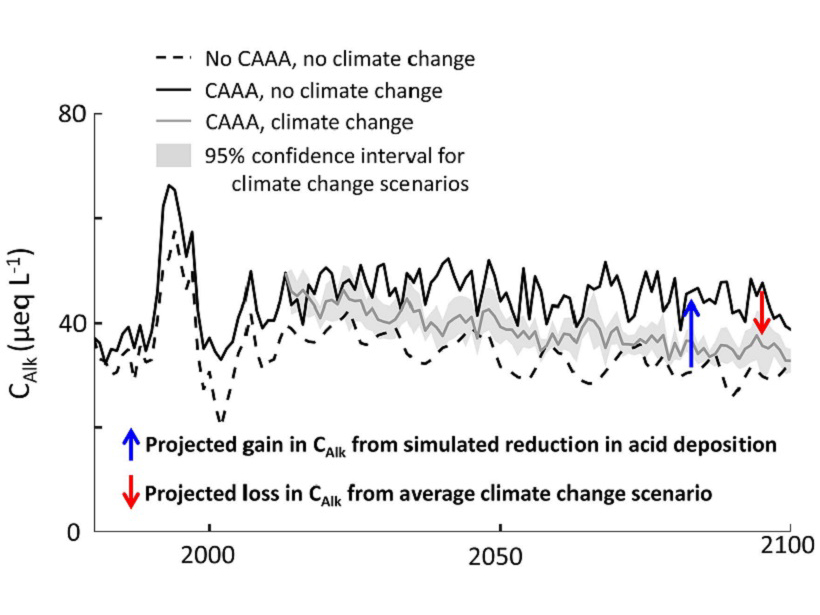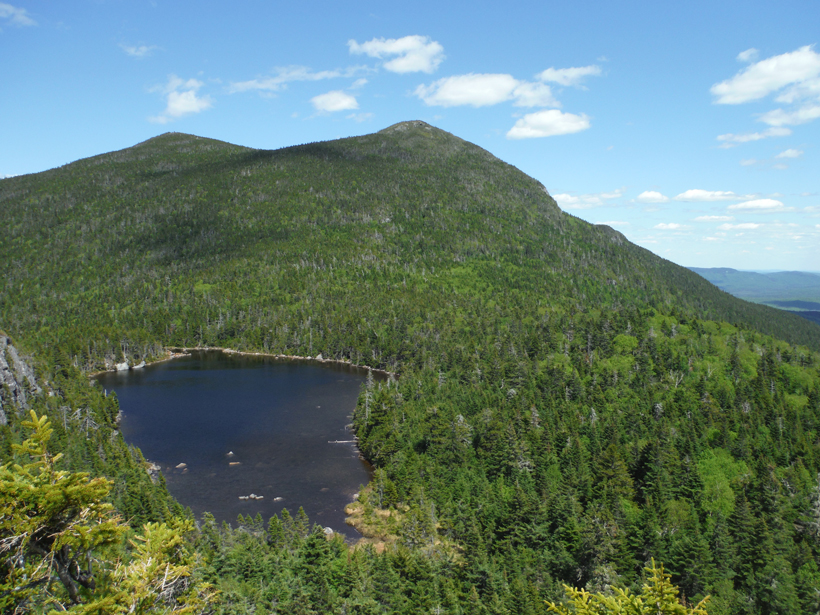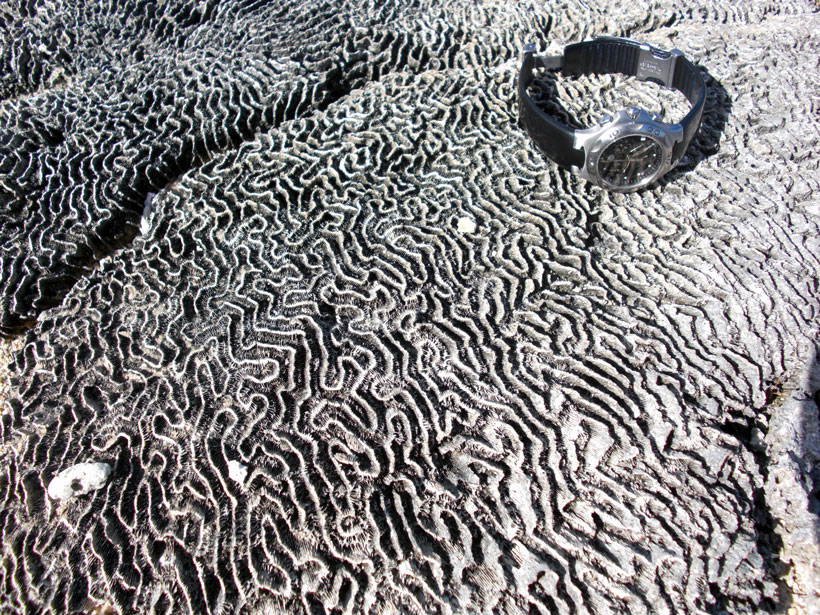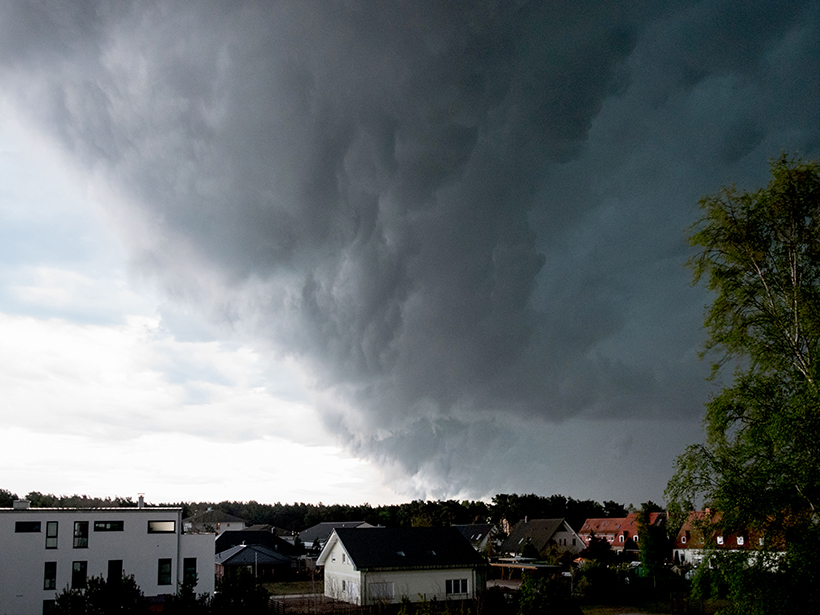Sea surface salinity is starting to rival other methods for seasonal rain forecasting.
rain
Precipitation in the Tropics: A New View
The first study to simultaneously investigate precipitation and cloud structures in tropical weather systems concludes observation systems significantly overestimate the height of raining clouds.
Atacama Desert’s Unprecedented Rains Are Lethal to Microbes
Rainfall in the driest parts of Chile’s Atacama Desert in 2017 resulted in hypersaline lagoons that killed the majority of microbes adapted to millions of years of arid conditions.
The Acid Tongue of Climate Change Strikes Our Streams
Clear air policies have led to dramatic reductions in acid rain and improved ecosystem health, but it now appears that climate change could counteract those gains.
How Landslides Become Disasters
A new modeling platform, tested on two recent natural disasters, simulates conditions that dump landslide debris into rain-swollen rivers, often causing more damage than the landslides themselves.
Effects of Acid Rain, Climate Change on Freshwater Lakes
New England lakes weathered years of acid rain. A new study tracks how they are faring after 30 years of regulation and how climate change factors into the equation.
A Near-Real-Time Tool to Characterize Global Landslide Hazards
By fusing susceptibility information with precipitation data, a new model generates “nowcasts” to predict the potential for rainfall-triggered landslides in steep terrain between 50°N and 50°S.
Fossilized Caribbean Corals Reveal Ancient Summer Rains
Isotope records and climate modeling suggest that the rainy Intertropical Convergence Zone expanded northward into the southern Caribbean during a warm interglacial period about 125,000 years ago.
The Microphysics of Squall Lines
Scientists tracked the distribution of raindrops of different sizes as a row of thunderstorms formed by a cold front developed and intensified over eastern China.
Giant Snails’ Century-Old Shells Recorded Monsoon Rainfall
Researchers explored past precipitation in India using shells from very large land snails collected there in 1918 and preserved in a British museum.

